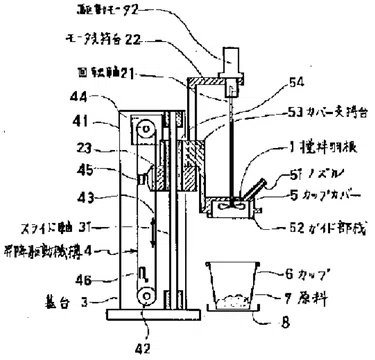
There's rarely enough pages to include everything you want to in a brief. Asking for more pages can also be rather fraught, and its difficult to convincingly explain why your case is more complicated -- i.e. more deserving of the court's limited time -- than any of the other complex and high-dollar cases moving through the district.
Because of this, it can be especially galling to leave pages on the table. This can happen, for instance, when briefing motions in limine before judge Noreika, whose standard scheduling order allows a party to brief no more than 3 MIL's with opening and answering briefs limited to 3 pages each and one page replies.
But what if …



